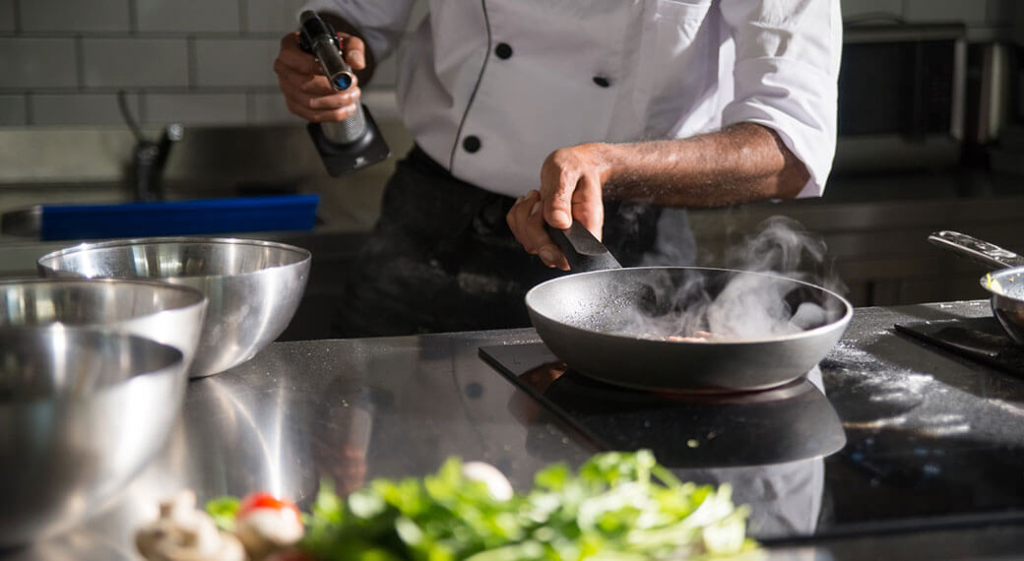The science of gastronomy has its own language that chefs live by. Learning a wide variety of culinary terms is a must for restaurant owners and culinary artists. Test your knowledge on basic, and not so basic, culinary techniques by taking our fun and educational quiz!
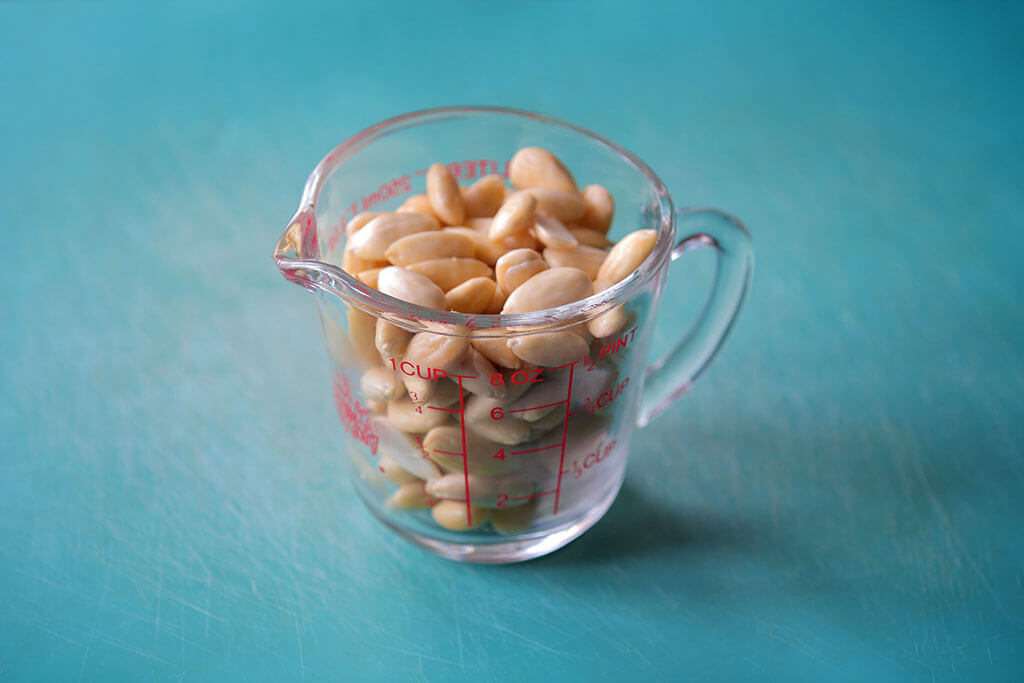
#1. Immersing a food in boiling water and then immediately plunging it into ice water is called?
Blanching is a cooking technique that scalds foods in boiling water, and then shocks them in ice water. The process seals in color, flavor, and texture by halting the enzymatic activity that occurs in fruits and vegetables when raw. Blanching is also used on items such as tomatoes, peaches, and almonds, to loosen their skins so they’re easier to peel.
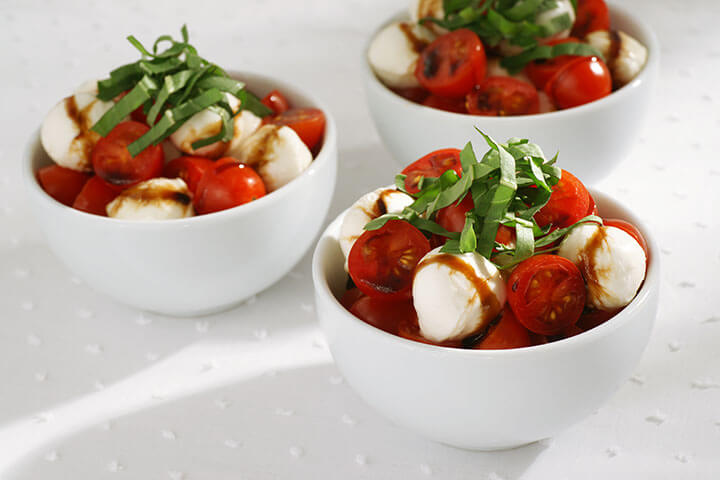
#2. Cutting leafy greens and herbs into long, thin strips is known as which French slicing technique?
Chiffonade is not only attractive, but it also helps release flavor. The technique also makes quick work of chopping.
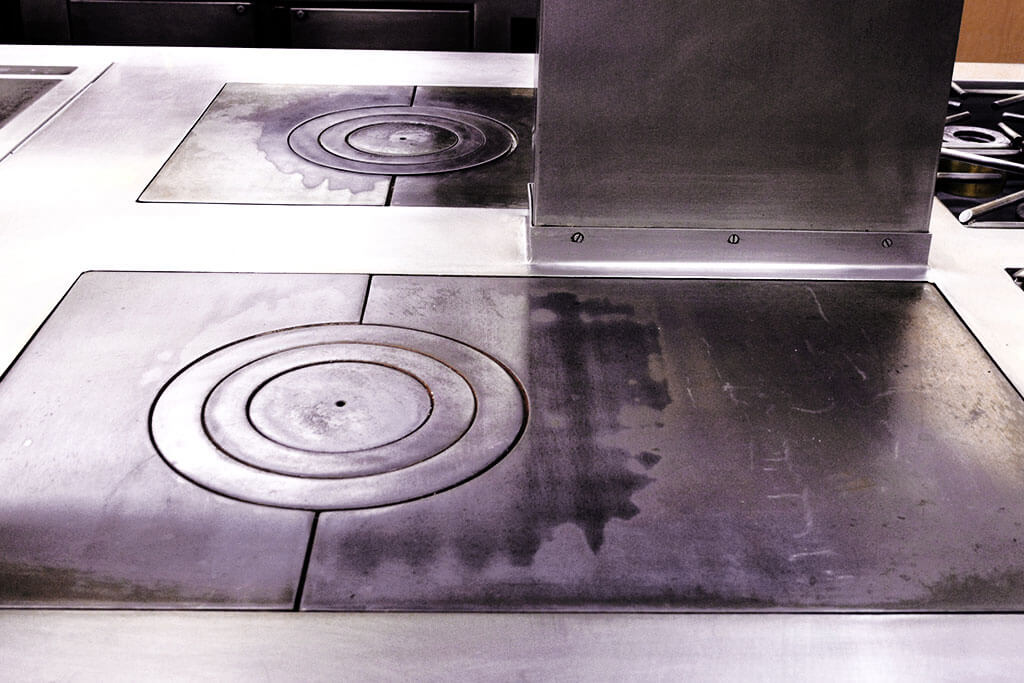
#3. What Spanish cooking method grills meat and seafood on a metal plate to give food a slight, smoky flavor?
A la plancha is the preparation of fish and seafood, or steak, which require high-temperature searing on the surface while keeping the insides tender and rare. To emphasize the freshness and quality of the ingredients, no complicated seasonings or marinades are needed. Just olive oil, lemon and possibly garlic, if anything at all.
| Photo: ɱ |
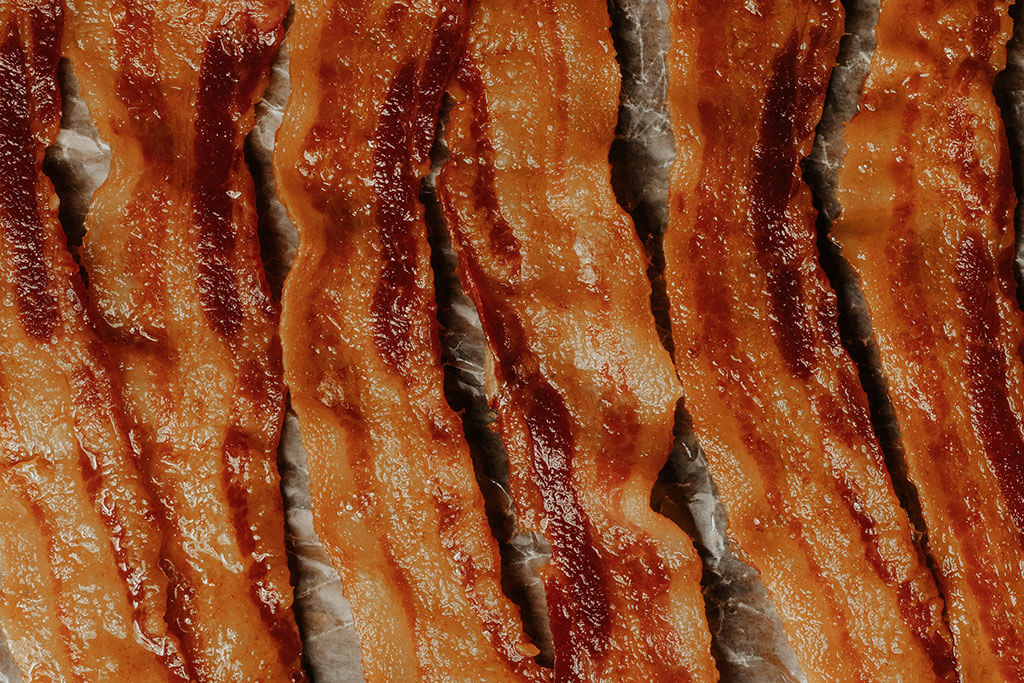
#4. What culinary technique wraps meat in a layer of fat, such as bacon, before roasting it?
Barding meat keeps it moist and succulent during cooking. It also adds additional flavor. A layer of fat or fatty meat such as bacon is wrapped around the meat to be cooked and the outer covering of fat bastes the meat during cooking, preventing it from drying out. It is different from larding, where the fat is inserted into the meat.
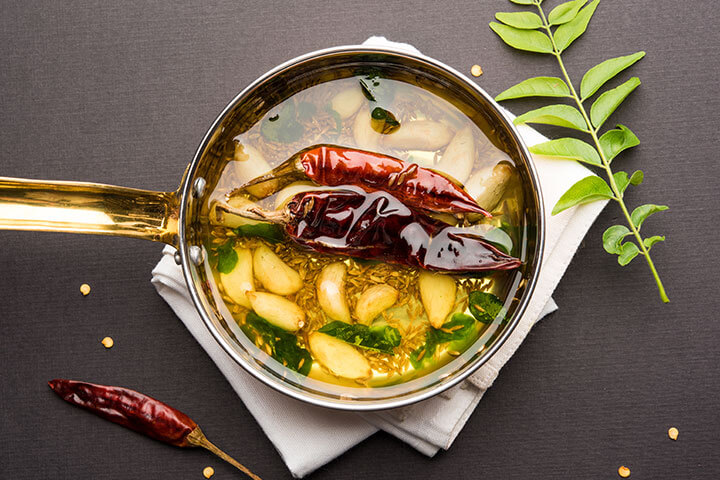
#5. What popular Indian culinary technique, also known as “tempering”, fries herbs and spices in cooking oil, then adds the flavored oil to a dish for seasoning?
Also known as tempering, the baghar technique is used in Indian cuisine in order to remove spices from their cells in ghee or butter and enhance their flavours. It is often the first step that is undertaken during the cooking process and is done prior to the addition of meat like chicken or dry vegetables. Whilst whole spices like cumin, cloves, cardamom and peppercorns are often added into the oil, it is possible to get creative with the flavours used during baghar.
| Photo: Badagnani |
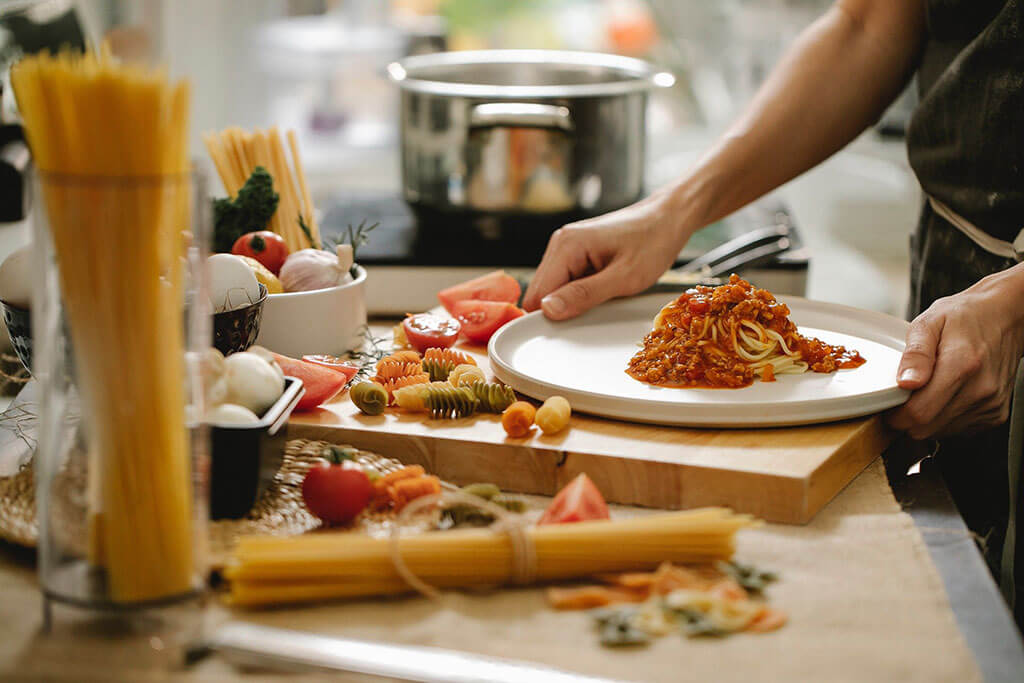
#6. Which Italian cooking technique leaves pasta tender yet firm?
The phrase al dente means “to the tooth” in Italian. It describes the texture of cooked pasta when it’s tender but firm and chewy when you bite into it. If your pasta is mushy and soft, you’ve blasted right past al dente and into well done.
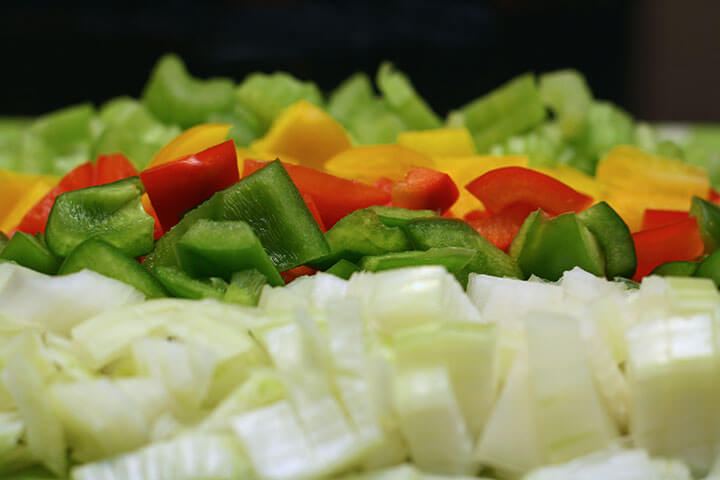
#7. What is the Cajun cuisine flavor base of onions, bell peppers, and celery called?
In Cajun cooking, the combination of 3-parts onion, 2-parts celery and 1-part bell pepper is known as the “holy trinity.” For example, crawfish étouffée, gumbo, and jambalaya all start with the Holy Trinity as their base.
| Photo:Herb Roe |
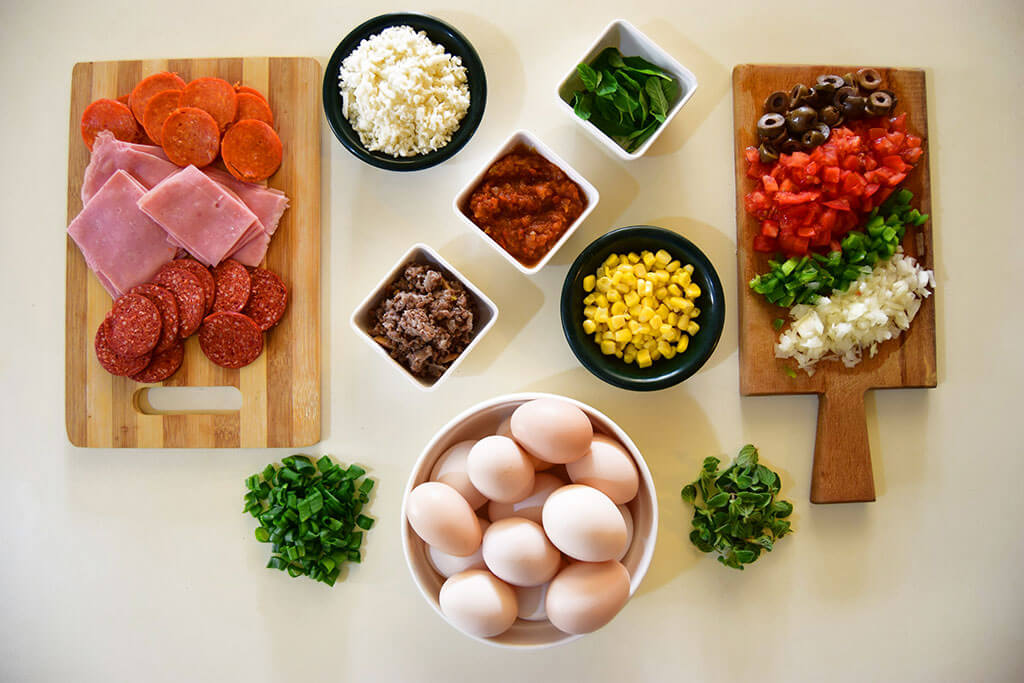
#8. What French term is used to describe the organizing and arranging of a chef’s workspace, ingredients, and equipment prior to cooking?
Mise en place eliminates unnecessary kitchen fumbles. The translation of mise en place is “everything in its place.” The primary function of mise en place is to have everything ready to go when it comes time to cook, bake, or assemble your final dish. This includes gathering and prepping ingredients and having all of your utensils and equipment at the ready.
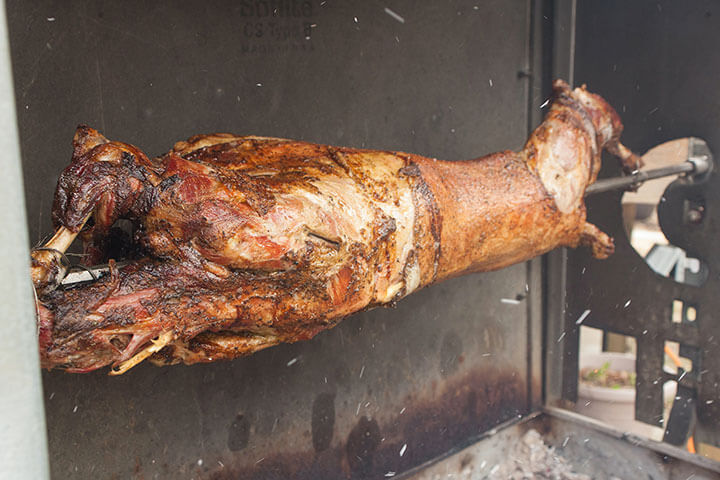
#9. Which French culinary technique means to cook on a skewer or spit-roast?
À la Broche, when used in reference to smaller dishes, means cooked on a skewer over flame. When used in reference to larger meats, it can mean spit-roasted.
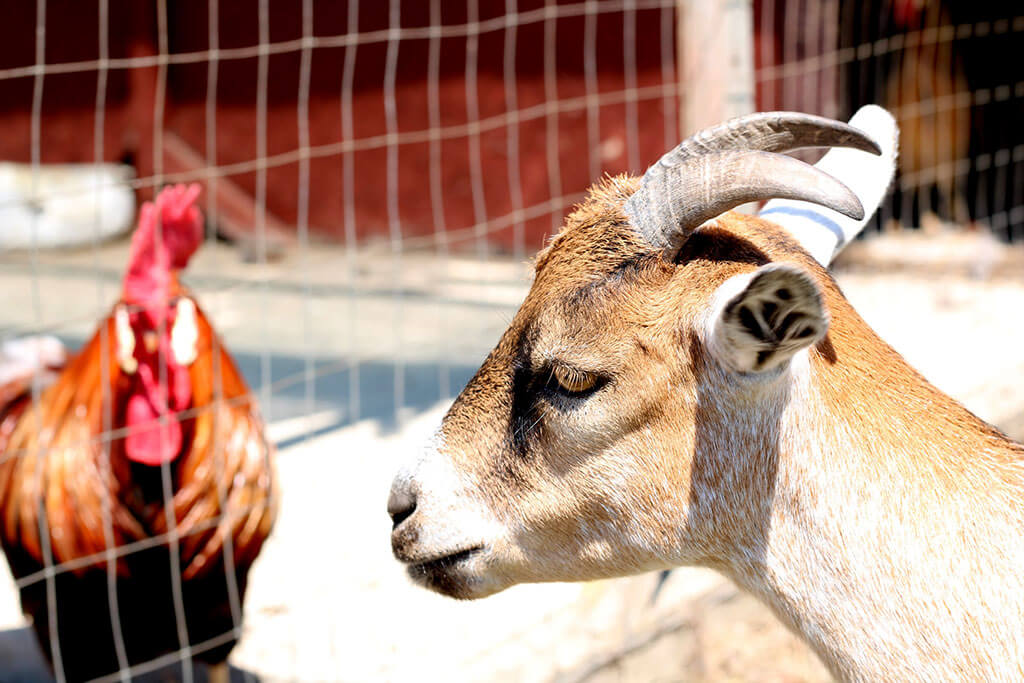
#10. Which culinary technique stuffs the remains of one animal into another animal?
Engastration is a cooking technique in which the remains of one animal are stuffed into another animal. The method supposedly originated during the Middle Ages.

